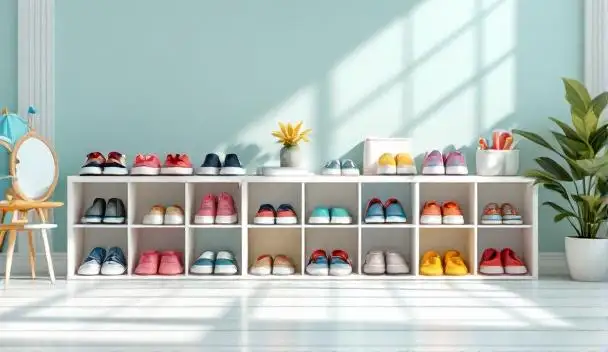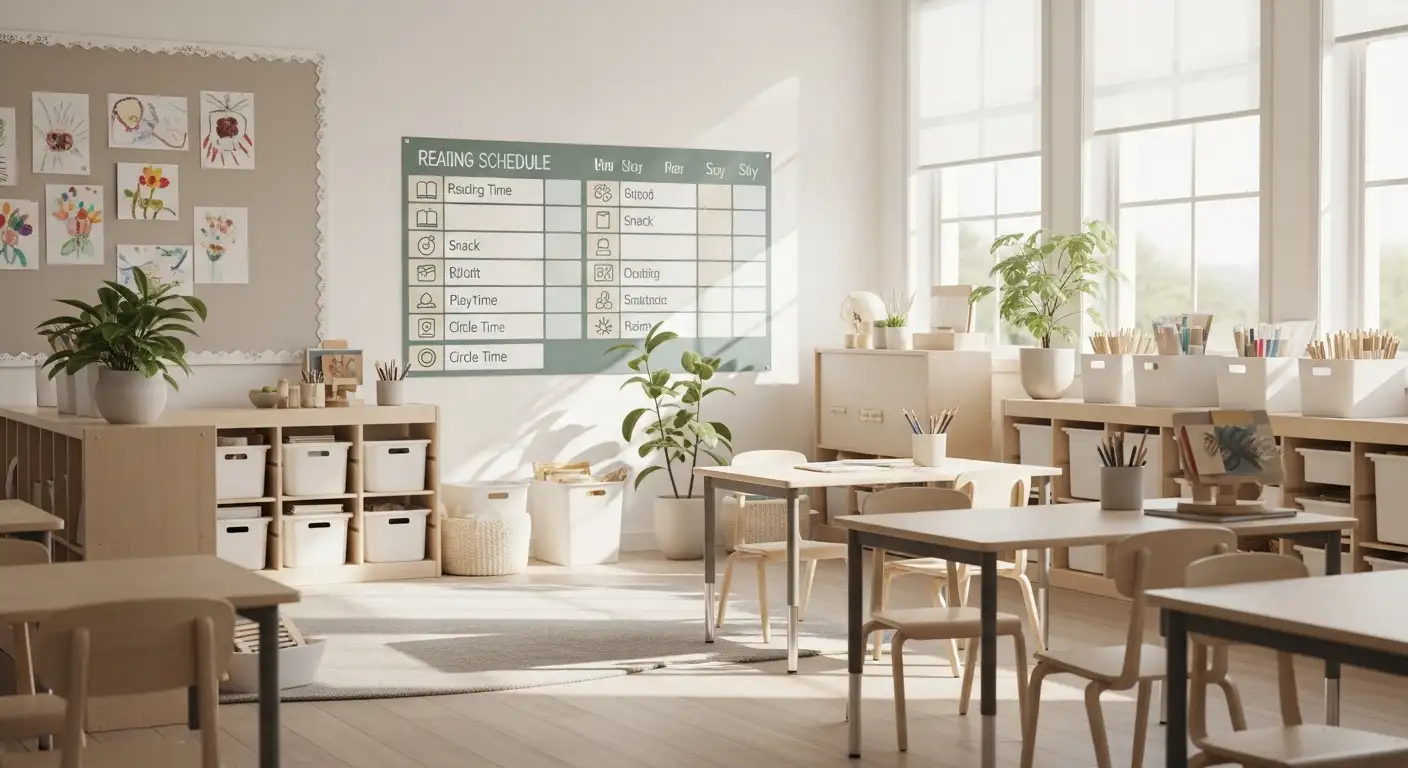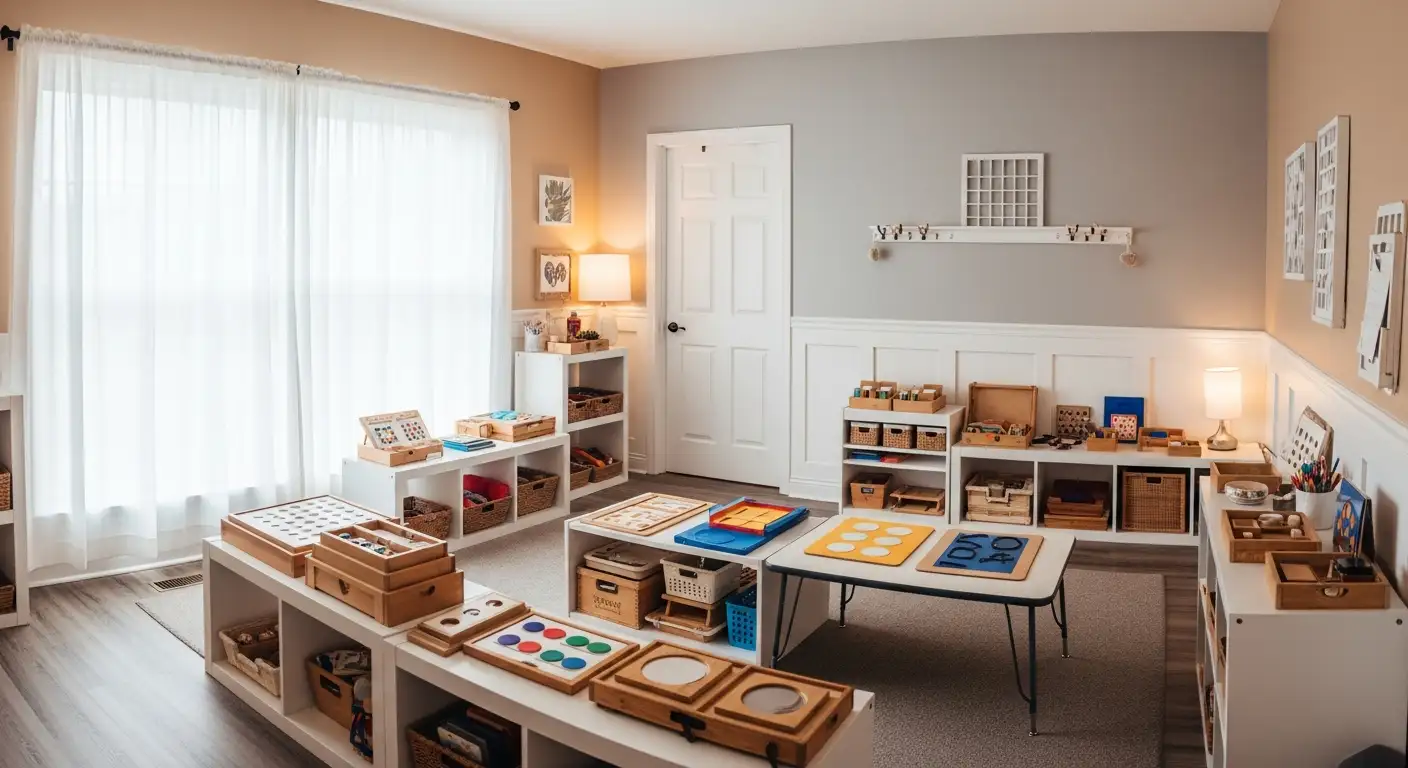How Do You Get An Autistic Child To Keep Their Shoes On?
Effective Strategies to Keep Autistic Children in Their Shoes

Understanding and Addressing Shoe-Wearing Challenges in Autism
Managing footwear compliance in autistic children can be a complex task, often influenced by sensory sensitivities, discomfort, and behavioral factors. This article explores practical, research-backed strategies for parents, caregivers, and professionals to help autistic children wear their shoes comfortably and consistently, promoting independence and foot health.
Building Familiarity and Comfort with Shoes

How can parents and caregivers help children become comfortable with wearing shoes?
Supporting children, especially those with autism, in feeling at ease with shoes involves integrating shoe-wearing into daily routines and allowing them to explore different types of footwear.
Introducing shoes as part of regular activities, like getting ready in the morning or heading out, helps create a predictable pattern that minimizes anxiety. Allowing children to try on various shoes gives them the opportunity to get familiar with textures, shapes, and movements, making the experience more comfortable.
Using visual supports and social stories can be highly effective. These tools, which utilize simple language and visual cues, help children understand what to expect and see wearing shoes as a normal, manageable activity. Displaying a sequence of pictures showing steps like putting on shoes guides children through the process and reduces uncertainty.
Practical tips for parents and caregivers include establishing consistent routines around shoe shopping and wearing, offering choices to empower children, and gradually increasing the amount of time shoes are worn. Reinforcing positive behavior with praise or rewards can further motivate compliance.
Addressing sensory challenges—such as discomfort from seams or tags—by choosing soft, breathable, and appropriately fitting shoes, including options like adaptive footwear, can boost comfort. For children with sensitivities, selecting shoes with features like easy fastening mechanisms or seamless textures can make shoe-wearing a smoother experience.
By combining these approaches—routine integration, exploration, visual supports, and sensory-friendly choices—parents and caregivers can help children develop positive associations with shoes, leading to greater comfort and independence.
Selecting Sensory-Friendly Footwear
 Children with autism often experience sensory processing difficulties that can make wearing shoes uncomfortable or even painful. To help them get used to wearing footwear comfortably, parents and caregivers should prioritize choosing shoes that are soft, flexible, and made from breathable materials. These features reduce discomfort and support sensory needs.
Children with autism often experience sensory processing difficulties that can make wearing shoes uncomfortable or even painful. To help them get used to wearing footwear comfortably, parents and caregivers should prioritize choosing shoes that are soft, flexible, and made from breathable materials. These features reduce discomfort and support sensory needs.
Adjustable fasteners such as Velcro straps or elastic laces are also beneficial. They make it easier for children to put on and take off shoes independently and ensure a secure, comfortable fit. Avoiding shoes with rigid designs or irritating seams can make a significant difference.
Involving children in the shoe selection process can empower them and make the experience more positive. Allowing kids to try on several pairs and observe their reactions helps identify the most comfortable options. Additionally, measuring their feet at home or in stores helps ensure proper fit, preventing pain and promoting ongoing compliance.
How can sensory sensitivities related to footwear be managed in autistic children?
Managing sensory sensitivities involves selecting appropriate footwear, applying gradual desensitization, and using visual supports and positive reinforcement. Starting with short periods of wearing new shoes and slowly increasing wear time helps children adapt. Visual aids like social stories can explain the importance of shoe-wearing routines and reduce anxiety.
The use of sensory-friendly products such as seamless socks or supportive insoles can also improve comfort. Consulting with occupational therapists or podiatrists provides personalized strategies, ensuring footwear addresses both sensory and physical needs. Overall, patience and gradual exposure are crucial in helping children become comfortable with wearing shoes.
Gradual Desensitization and Routine Establishment

What strategies can help autistic children keep their shoes on?
Implementing a gradual approach is essential when encouraging autistic children to wear shoes consistently. Start by allowing the child to wear shoes for short periods, perhaps just a few minutes, and gradually increase the duration as they become more comfortable. This slow exposure helps reduce sensory discomfort and builds familiarity with the shoes.
Choosing shoes made from soft, breathable, and flexible materials can significantly enhance comfort. Shoes with adjustable features such as Velcro fastenings or elastic laces make it easier for children to put on and take off shoes independently, further promoting comfort and compliance.
Using visual supports is very effective. Visual schedules, social stories, and timers can provide clear, predictable routines around shoe-wearing. These tools help children understand what to expect and reduce anxiety related to the activity.
Positive reinforcement strategies—such as praise, treats, or preferred activities—are useful motivators. These rewards encourage repeated cooperation and help establish a positive association with wearing shoes.
Collaborating with occupational therapists or other professionals can also assist in developing tailored strategies that address sensory sensitivities and foot discomfort. They can recommend adaptive footwear, sensory integration techniques, and specific exercises to make shoe-wearing easier.
Finally, teaching step-by-step procedures reinforced with visual cues helps children learn the process of putting on shoes. By combining these approaches, caregivers can foster more consistent shoe-wearing habits, making the routine less distressing and more manageable for autistic children.
How do visual tools contribute to helping autistic children with shoe routines?
Visual aids such as social stories, visual schedules, and timers make routines more concrete and understandable for children with autism. These tools break down the process of shoe-wearing into simple, manageable steps, helping children anticipate what comes next.
Timers can set a clear timeframe for how long a child should wear their shoes, gradually increasing as tolerance grows. Visual supports also help in reducing uncertainty and anxiety, making the experience more structured.
In summary, combining gradual exposure with visual support and positive reinforcement creates a supportive environment that encourages children to accept and wear their shoes more comfortably. Consistent use of these strategies can lead to improved shoe-wearing habits and greater independence.
The Power of Positive Reinforcement and Visual Supports

How can parents and caregivers support footwear compliance in autistic children?
Supporting children with autism to wear shoes comfortably and willingly involves a range of practical strategies centered on understanding and patience. Creating consistent routines around shoe-wearing and shopping helps reduce uncertainty, giving children a sense of predictability that can lessen anxiety.
Using positive reinforcement techniques, such as offering praise, rewards, or engaging in preferred activities when children wear shoes, helps foster a positive association with footwear. These rewards motivate children and reinforce their progress.
Offering choices, like selecting between different shoes or colors, empowers children and enhances their sense of control. Introducing shoes gradually—starting with short periods of wear, paired with fun activities—can help children adapt to wearing shoes without feeling overwhelmed.
Sensory-friendly accessories, such as soft socks or specially designed adaptive footwear, can also alleviate discomfort caused by sensory sensitivities, making the experience more pleasant.
Additionally, visual supports are invaluable for reinforcing routines. Visual schedules and social stories clearly depict the steps involved in putting on shoes, reducing feelings of uncertainty and building understanding.
Collaborating with store staff and healthcare professionals can further support this process. Staff trained in autism-friendly shopping strategies can make shoe shopping less stressful—and ultimately more successful.
Here’s a summary table of practical tips:
| Tip | Description | Benefit |
|---|---|---|
| Establish routines | Consistent times for shoe shopping and wearing | Reduces anxiety |
| Use praise and rewards | Celebrate successes with positive feedback | Builds motivation |
| Provide choices | Let children pick shoes or accessories | Enhances control |
| Introduce gradually | Start with short wear periods | Eases adaptation |
| Use visual aids | Visual schedules and social stories | Clarifies expectations |
By combining these approaches, parents and caregivers can help children build comfort with shoes, making the daily routine smoother and more positive for everyone.
Addressing Sensory Challenges with Supportive Techniques
How can sensory sensitivities related to footwear be managed in autistic children?
Many autistic children experience heightened sensitivities to touch and textures, making wearing shoes uncomfortable or even painful. To help manage these sensitivities, selecting shoes made from soft, flexible, and breathable materials is essential. Shoes without seams or tags, such as seamless or tagless designs, can reduce irritation.
Gradual desensitization is an effective technique. Parents can start by allowing children to explore shoes in a calm setting, then gradually increase the duration of wear. Short, frequent practice sessions help children become more comfortable with shoes over time.
Visual supports and social stories are valuable tools to teach children about the importance of shoe-wearing. These visual cues and simple narratives can reduce anxiety and help children understand the routine.
Creating a sensory-friendly environment can further improve compliance. This might include using adjustable features like hook-and-loop fastenings, sensory socks, or orthotic insoles designed for comfort.
In addition, consulting occupational therapists and foot specialists can offer personalized strategies. They can recommend appropriate shoes, techniques for desensitization, and other supports tailored to individual needs.
By combining sensory-friendly footwear options with behavioral and environmental support, caregivers can help children accept and comfortably wear shoes, thereby promoting independence and safety.
The Importance of Proper Shoe Fit and Support
Why do autistic children often remove their shoes, and how can this behavior be understood and addressed?
Autistic children may frequently take off their shoes due to sensory sensitivities and discomfort. They process sensory information differently, which can make certain textures, tightness, or seams in shoes overwhelming or painful. Some children might be seeking sensory input, such as the feeling of freedom or relief from restrictive footwear.
Understanding the specific reasons behind this behavior is essential. It could stem from foot pain, hypersensitivity, or difficulties with fine motor skills needed to put shoes on or adjust fastenings. Sometimes, medical conditions like foot problems or musculoskeletal issues also contribute.
To address this, caregivers should focus on selecting shoes that are sensory-friendly, made from soft, breathable, and flexible materials. Proper fit is crucial—shoes that are too tight or too loose can cause discomfort and discourage wearing them.
Other strategies include using alternative fastening options like Velcro or elastic laces, which are easier for children to manage independently. Creating routines with visual supports, social stories, and positive reinforcement helps children accept wearing shoes.
Patience, consistency, and tailored approaches—possibly in collaboration with occupational therapists or podiatrists—are vital. These professionals can provide guidance on choosing suitable footwear and devising routines that make shoe-wearing a comfortable, routine part of daily life.
Professional Support and Customized Strategies
What professional support options are available for addressing shoe-wearing challenges in autistic children?
Children with autism often face difficulties in wearing shoes due to sensory sensitivities, physical discomfort, or behavioral factors. To effectively support them, various professional resources and strategies can be utilized.
Occupational therapists play a vital role by designing sensory integration programs and desensitization techniques that help children become more comfortable with wearing shoes. They may also work on improving fine motor skills needed to fasten shoes or manipulate closures like Velcro.
Podiatrists offer specialized assessment of foot health. They can identify issues such as foot pain, structural abnormalities, or gait problems. Based on their findings, they might recommend orthotics or specially designed footwear that ease discomfort and increase the likelihood of compliance.
Behavioral specialists use a variety of approaches, including positive reinforcement, social stories, and visual schedules. These tools can help children understand the steps involved in putting on shoes and create a positive routine that reduces resistance.
Another important aspect is training staff in retail environments. Store personnel educated on autism-friendly practices can better accommodate children, making shopping for shoes less stressful.
Overall, these collaborations among healthcare and retail professionals, combined with tailored interventions, aim to address sensory, physical, and behavioral challenges to support children in wearing shoes comfortably and confidently.
Supporting Autistic Children Through Patience and Personalization
Maintaining shoe-wearing compliance in autistic children involves a nuanced approach that combines sensory-friendly choices, routine building, visual and behavioral supports, and professional guidance. Patience, understanding, and personalized strategies are essential to ease discomfort, reduce resistance, and foster independence. By working collaboratively with healthcare providers, adopting thoughtful footwear choices, and applying behavioral techniques, parents and caregivers can significantly improve adherence, ensuring children’s safety and comfort while promoting positive daily routines.
References
- How Do You Get an Autistic Child to Keep Their Shoes On - Astra ABA
- How Do You Get An Autistic Child To Keep Their Shoes On?
- Overcoming Shoe Sensitivity in Children with Autism | Amazing K
- Preventing Your Autistic Child from Taking Their Clothes Off
- How to get an autistic child to keep their shoes on
- [PDF] Shopping for shoes with an autistic child
- Best Shoes for Autistic Child - Golden Care Therapy
- How Do You Get an Autistic Child to Keep Their Shoes On - Astra ABA
- How Do You Get An Autistic Child To Keep Their Shoes On?
















